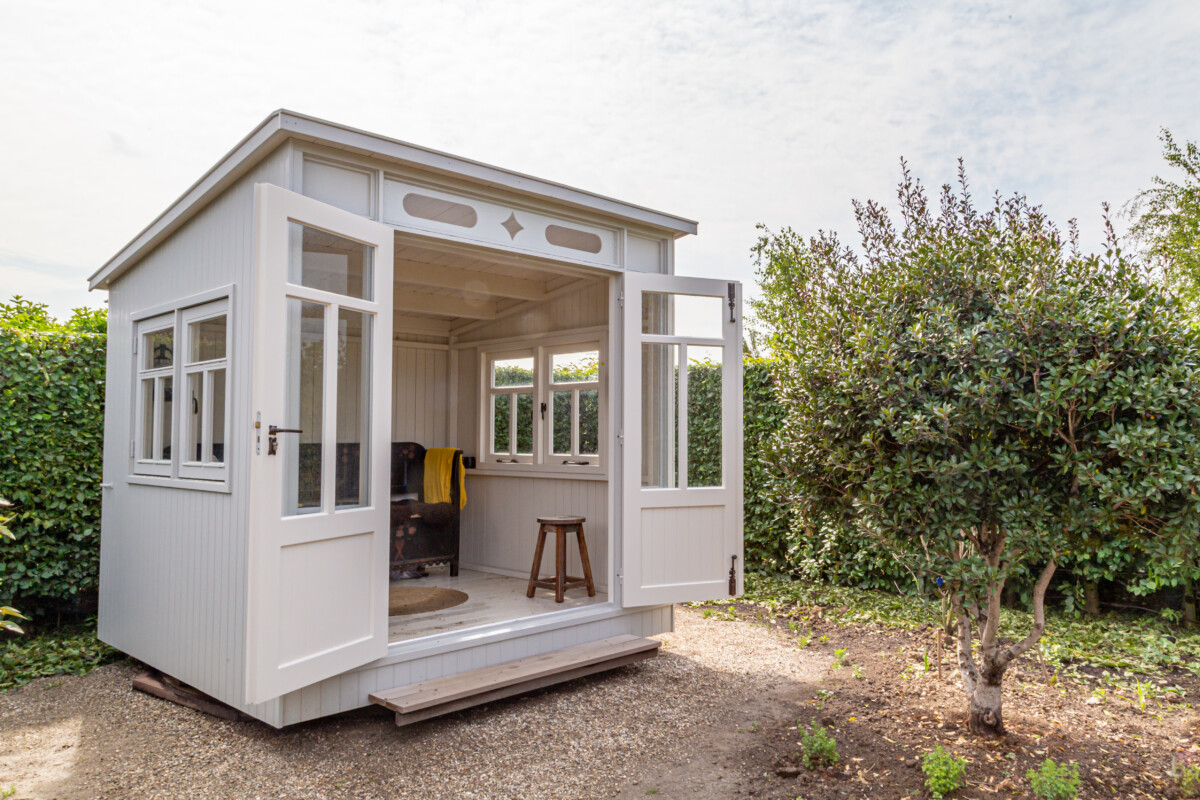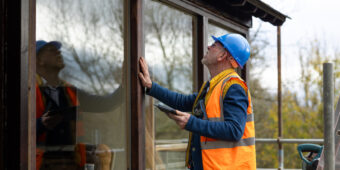BUILDING CONSENT EXEMPTIONS FOR LOW-RISK WORK

Recent additions to exemptions to the Building Act have caught the eye of many builders. Alysha Hinton, from law firm Duncan Cotterill, provides a legal view on the exemptions and what they might mean for builders and homeowners
On 31 August 2020, the Government expanded the building consent exemptions in the Building Act 2004 (Act). The Act already included 43 exemptions in Schedule 1 of the Act. An additional six exemptions have been granted and the scope of four existing exemptions have been expanded.
The removal of consent requirements for low-risk building work is intended to free up the construction sector for higher value work and save property owners time and money. The new exemptions are expected to save property owners $18 million annually, and, if lodged separately, result in 9,000 fewer consents to be issued by councils per year. However, the changes are not without criticism, which we explore below.
What are building consent exemptions?
Building consent exemptions recognise that some work is low risk enough that it shouldn’t be subject to the building consent process. Such works do not require a building consent application and, therefore, there is no review of the designs nor regular council inspections of the work while under construction.
However, there are restrictions to the exemptions:
- All works must still comply with the Building Code.
- The works may also need to comply with other legislative requirements, such as those under the Resource Management Act 1991, the Electricity Act 1992 and the Health and Safety at Work Act 2015.
- In many cases, for the exemption to apply, a Licensed Building Practitioner (LBP) is required to carry out or supervise the design and construction, or the design must be carried out or reviewed by a Chartered Professional Engineer (CPE).
Any plumbing work to a new or current building still requires a building consent, and any electrical work will still have to be carried out by a registered electrician.
New exemptions
A summary of the new and expanded building exemptions can be found here: www.building.govt.nz
In short, they include:
- Larger single-story detached buildings up to 30m2 (eg, sleep outs, sheds, greenhouses, etc.).
- Carports with a maximum floor area of 40m2.
- Ground-floor awnings, verandas and porches up to 30m2 .
- Permanent outdoor fireplaces or ovens with a maximum height of 2.5m and a maximum cooking surface of 1m2.
- Flexible water storage bladders for irrigation and firefighting only, with up to 200,000 litres in storage capacity.
- Ground-mounted solar panel arrays.
- Small pipe supporting structures for water only and on private land.
- Short-span bridges (less than 6m) if they do not span a road or rail area.
- Detached single-storey pole sheds and hay barns in rural zones with a maximum floor area of 110m2.
Do you need a consent?
It is the property owner’s responsibility to check whether a building consent is required. However, this is often done in consultation with their building professional (the wrong advice could result in a claim of professional negligence).
If property owners are unsure whether the building work is exempt, they shave been advised to seek advice from someone with building knowledge and expertise, such as a building consent authority (typically local Council), registered architect, registered building surveyor, LBP and/or CPE. MBIE has also released guidance on all building work that doesn’t require a building consent, which can be found here: www.building.govt.nz.
Any issues relating to resource management or district plans must still be discussed with the relevant Council and a resource consent obtained, if necessary.
Pros and Cons
Allowing more building work to take place without a building consent is designed to make the works covered by the exemptions quicker and cheaper. Less consents should also free up Councils to process higher-risk consents faster. However, along with builders, some industry experts are concerned the Government hasn’t got the balance right for New Zealand property owners.
The most controversial exemption is the increase to single-story detached buildings up to 30m2 (previously single-storey detached buildings could not exceed 10m2). This exemption includes sleep-outs and offices, but does not go as far as to include tiny homes or self-contained accommodation (eg, a granny flat), which will require bathroom and kitchen facilities that require a building consent.
The lack of public awareness on Building Code standards, and how the exemptions interplay with the LBP scheme, creates a real risk of sub-par buildings popping up all over New Zealand. While cheaper and quicker building processes will address some of New Zealand’s housing issues, it does nothing to address the overall standard of living provided by New Zealand dwellings which need to be dry, warm and safe.
There is also an increased risk that, if more work is done by non-professionals (who aren’t in the know), then more buildings will breach district plan rules, such as maximum site coverage, height-to-boundary restrictions and fire walls.
Protection to property owners
Property owners should be encouraged to engage the services of an LBP when undertaking building work. This will help address Building Code standards and provide property owners with recourse if the works breach any of the rules – this is a risk to builders as they will be the only party able to be sued for non-compliant exempt works (for consented works, Councils also face litigation risk).
A property owner could also choose to apply for a building consent if they want assurance that the work done is compliant with the Building Code and/or if they want a certified record of the compliant work on the property’s Land Information Memorandum. This is particularly useful when selling a property. Without such a record, a pre-purchase Builder’s Report becomes even more vital for proposed purchasers in order for them to know the standard, and compliance, of building work done.
If you have any queries in relation to the above, contact Alysha Hinton on (04) 471 9452 or at alysha.hinton@duncancotterill.com, or your local Duncan Cotterill advisor (duncancotterill.com).
Duncan Cotterill is a full-service law firm with offices in Auckland, Wellington, Nelson and Christchurch.
Disclaimer: the content of this article is general in nature and not intended as a substitute for specific professional advice on any matter and should not be relied upon for that purpose.
Register to earn LBP Points Sign in
1 Comment
Leave a Reply
You must be logged in to post a comment.




All very helpful;